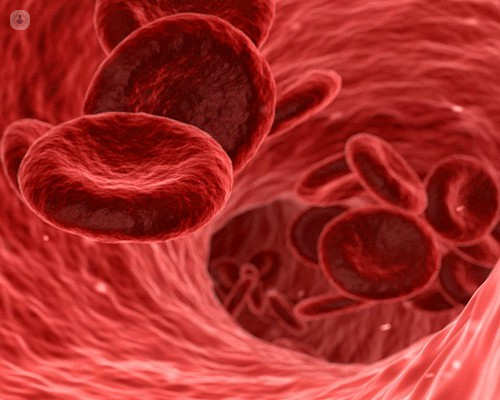What risk factors cause an aneurysm?
Written by:
What is an aneurysm?
The arteries are formed by three layers, the intimate, the middle and the outer. When an aneurysm occurs it is due to weakness of the middle layer, which does not exist, forming a balloon that can bleed and cause a stroke. These aneurysms have important risk factors, caused by smoking, infections, trauma, drug use, tumors ...
Which are the risk factors?
The risk factors that contribute most to the rupture of the aneurysm is smoking and hypertension. But there are other factors that are hereditary and familiar: traumatisms, infectious tumors and drug use.
What are its symptoms and how is it diagnosed?
The signs and symptoms of alarm must be differentiated from broken and unruptured patients. In the unbroken can present dilated pupils, headaches, pain in the eye, drooping eyelid, etc.. And in that they bleed, that unfortunately have a mortality of more than 50%, it is a stroke that can lead in most of the time to a loss of consciousness or coma, or an insufferable pain similar to meningitis. The diagnosis is mainly made clinically, but from the point of view of image can be seen by brain scan, magnetic resonance and angioresonance. And, to definitely see the form of treatment, it is the superselective cerebral angiography.
What treatments are there?
From the point of view of treatment that currently and in our service is endovascular in more than 95% of the cases there are four modalities. The simple modality, which would be ideal, use only platinum coils to fill the aneurysmal sac. Another possibility is the placement of a stent and through it introduce coils in case of wide neck to prevent them from being protruded into the normal artery. A very effective technique is the remodeling technique, that is, we place a catheter in the aneurysm and a balloon blocking the entrance of the aneurysm to fill the aneurysmal sac. The fourth technique that we have used for a few years consists of placing a flow derivative, that is, a stent that allows the passage of blood to the normal artery, blocking the entrance to the aneurysm completely occluded.


